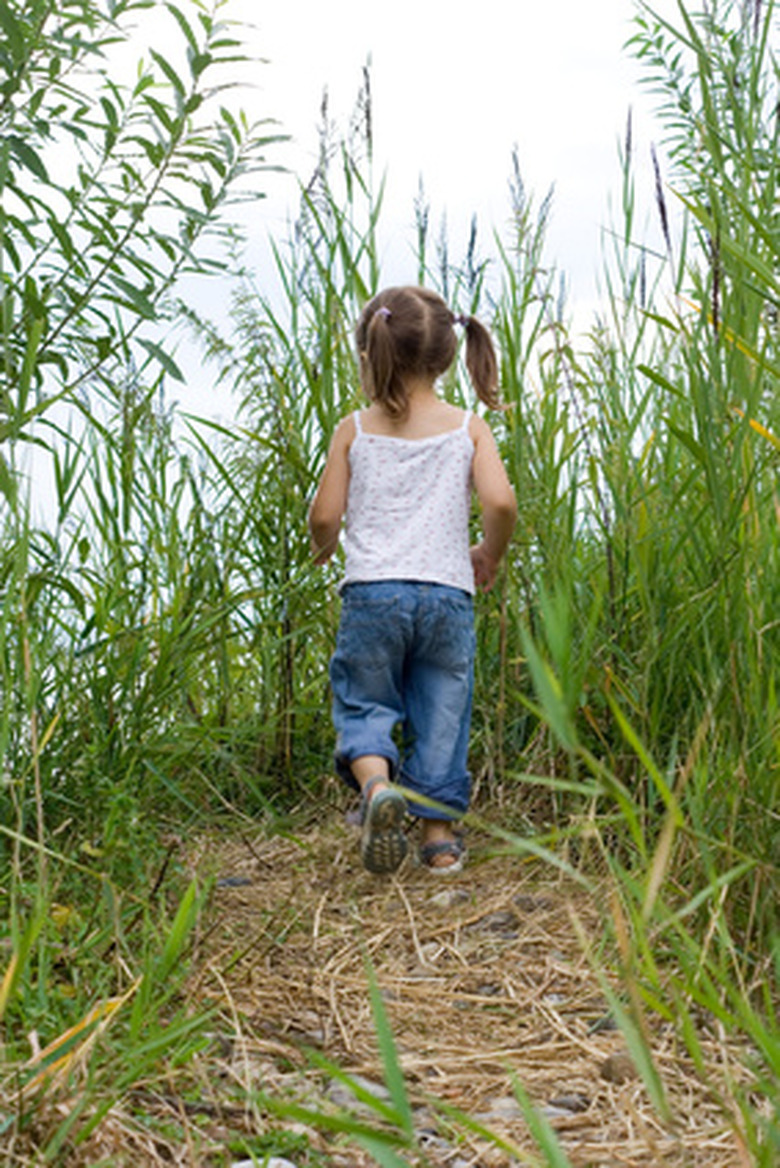How To Make Grass Bracelets
Nothing is lovelier on a warm summer day than playing near the long grasses that grow at the beach. Next time you are at the beach, harvest some of that sweet smelling stuff to make a pretty memento of your summer idyll. But there's no need to wait for a beach day to try this project. Any long, pliable grass will do.
Things Needed
- 8 pieces of grass, about 18 inches long
- Piece of wood, foam core or cork board
- Pushpin
- Small wooden beads (optional)
- Scissors
Nothing is lovelier on a warm summer day than playing near the long grasses that grow at the beach. Next time you are at the beach, harvest some of that sweet smelling stuff to make a pretty memento of your summer idyll. But there's no need to wait for a beach day to try this project. Any long, pliable grass will do. Choose leaves that are the same size and color for a uniform look. Varying the grasses will yield a more textured design. The creative choices are entirely up to you.
- Nothing is lovelier on a warm summer day than playing near the long grasses that grow at the beach.
- But there's no need to wait for a beach day to try this project.
Getting Started
Step 1
Pick eight long, pliable pieces of grass for your bracelet. The grass should be fresh, but a good soak in warm water will make it easier to handle if it seems too dry.
Step 2
Gather the grass into a hank and secure it at one end in a single knot.
Step 3
Secure the hank to the wood, foam core or cork board with a long pushpin through the knot. Arrange the hank so the knot is at the top.
Step 4
Divide the leaves of grass into four sections; each section will have two strands.
Start Weaving
Step 1
Weave from left to right. Pick up the first section on the left and weave it over, under and over the remaining three sections. It is now the last section on the right.
- Pick eight long, pliable pieces of grass for your bracelet.
- Gather the grass into a hank and secure it at one end in a single knot.
Step 2
Pick up the new first section, the farthest one on the left, and continue weaving from left to right. Weave the section over, under and over the remaining three sections. This section has now become the last one on the right.
Step 3
Repeat this process, always beginning with the first section on the left and weaving over, under and over until the bracelet is the length you want. It must be long enough to slip over your hand.
Finishing
Step 1
Divide the four sections into two equal sections.
Step 2
Tie the two sections around the starting knot to form the bracelet.
- Pick up the new first section, the farthest one on the left, and continue weaving from left to right.
- Repeat this process, always beginning with the first section on the left and weaving over, under and over until the bracelet is the length you want.
Step 3
Push lightweight wooden beads onto the ends of the loose grass, if you wish. Secure each bead with a simple knot.
Step 4
Use scissors to trim ends to the length you want.
Tip
Experiment with different amounts of grass to make a wider or narrower bracelet. Try braiding a bracelet with three sections of grass, or incorporate simple macrame techniques in your design. For another variation consider using yarn, string or embroidery thread as one of the strands.
Warning
If you choose beach grass for your bracelet, be aware that it isn't always native to the habitat in which you find it. Some communities plant beach grass to help control erosion on the dunes. Be mindful of how much you pick and take care not to destroy the plants or the dune.
